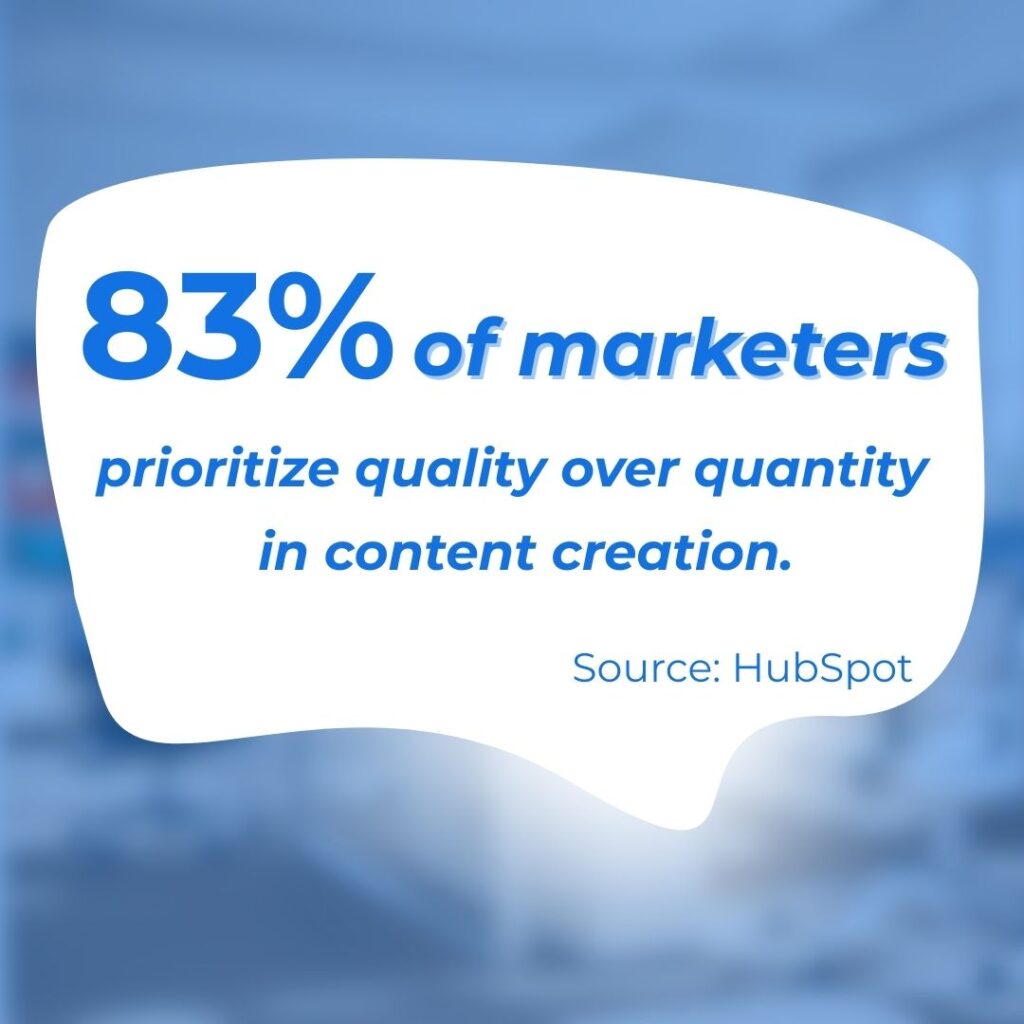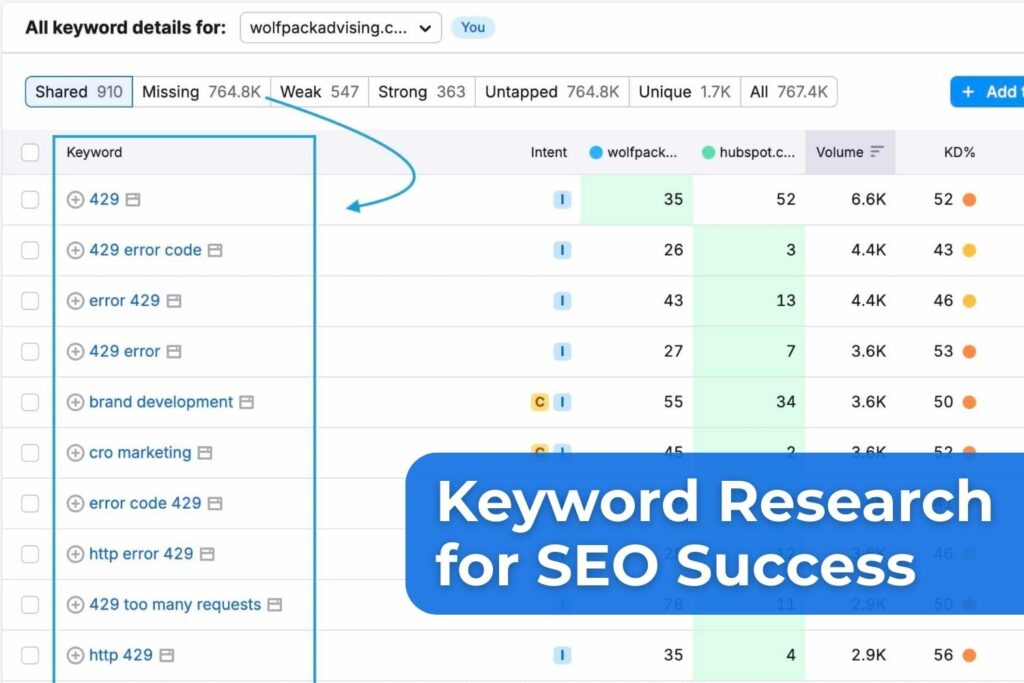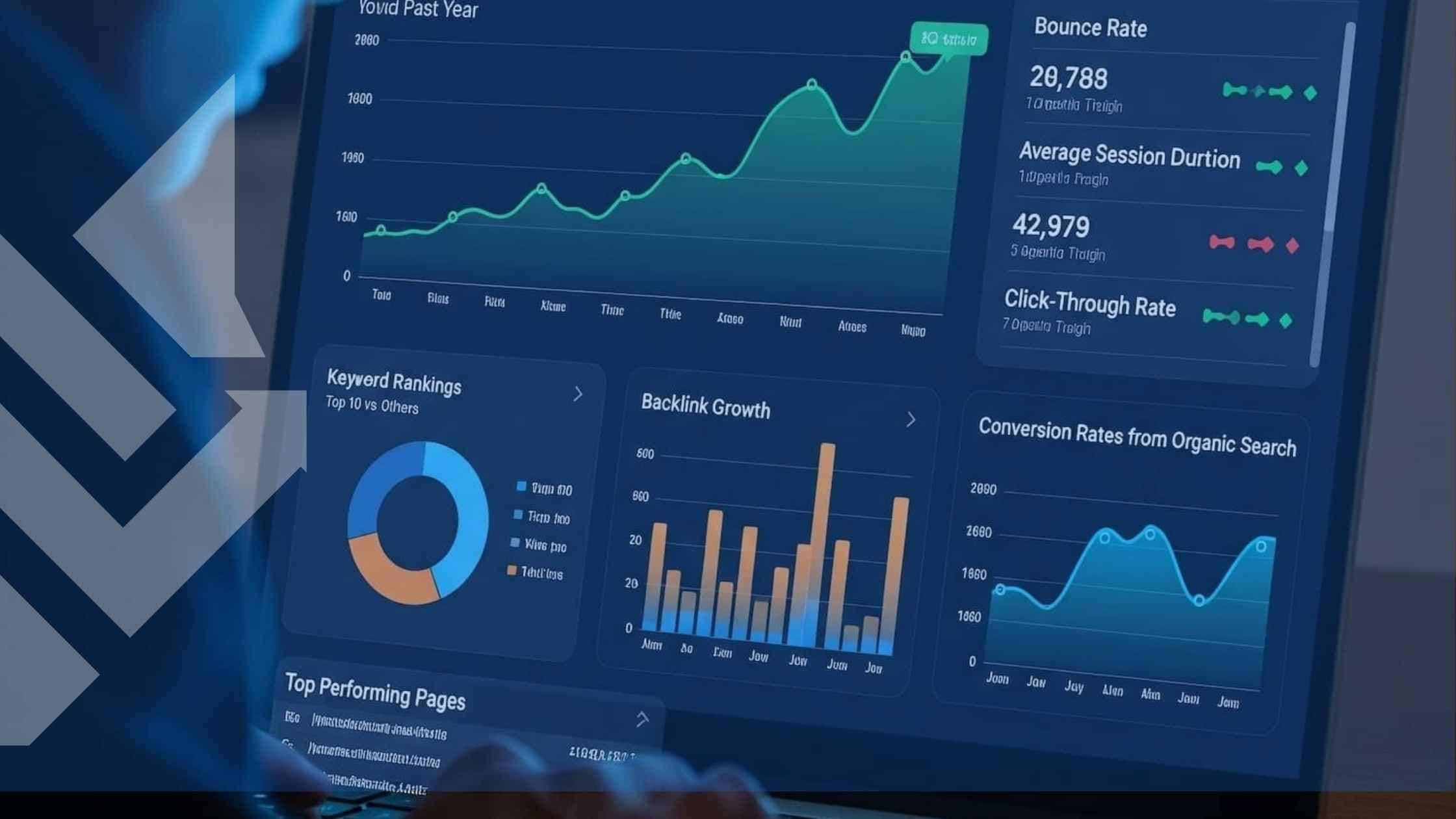Last updated on December 12th, 2025 at 02:17 pm
You’re looking at your monthly SEO report, and at first glance, it seems like good news. The charts are full of green arrows, website traffic is up, you’re ranking for more keywords, and more people are seeing your business online. On paper, everything looks like it’s moving in the right direction, but analyzing SEO performance trends more closely often reveals a different story.
So why isn’t your phone ringing more? Why aren’t your contact forms bringing in qualified leads?
This is where SEO performance trends can paint a misleading picture. Many reports highlight surface-level numbers that look impressive but do little to actually grow your business.
The truth is, SEO data isn’t lying, but without the right context, it’s telling only half the story. In this article, we’ll break down the common misconceptions your SEO report might be showing and how to analyze SEO performance trends for growth that truly matters.
Contents
The Misconceptions You Discover When Analyzing SEO Performance Trends
Not all SEO metrics tell the full story. When analyzing SEO performance trends, it’s easy to get misled by numbers that look impressive but don’t actually grow your business. Let’s break down the most common misconceptions hidden in your reports.
Misconception #1: “More Website Traffic Is Always a Win”
A report showing a 50% jump in visitors looks like a massive win. But traffic only matters if it’s the right kind.
Imagine you own a pest control company in Phoenix. Your site gets thousands of visits from a blog post called “10 Amazing Facts About Ants.” Most of those readers are students or hobbyists from outside your service area. That’s traffic, but not customers.
This is the “high traffic” lie. Your overall visitor count grows, but the number of potential customers doesn’t.
The Fix: Prioritize quality traffic over quantity. A hundred local visitors searching “emergency pest control in Phoenix” are more valuable than 10,000 global visitors looking for trivia. This is where careful analysis of SEO performance trends comes into play by tracking not just visits, but the types of searches that bring paying customers.

Misconception #2: “Ranking #1 Means You’ve Won”
Ranking first on Google feels like a victory. But ranking for the wrong keywords won’t grow your business.
For example, a home inspector in Dallas might rank #1 for “what does a cracked foundation look like.” While relevant, most of those searches are homeowners looking for information, not buyers hiring an inspector.
The Fix: Build your strategy around “ready-to-buy” keywords like “best home inspector Dallas” or “home inspection cost near me.” When reviewing SEO performance trends, look at which keywords bring in leads and sales, not just rankings.
Misconception #3: Lots of Impressions Don’t Mean You’re Analyzing SEO Performance Trends Correctly
Impressions show how often your website appears in search results. But visibility alone doesn’t equal revenue.
Think of impressions as people walking past your storefront. Unless they click (walk inside), you don’t gain a customer. If your impression count is high but your click-through rate is low, your titles and descriptions aren’t compelling enough.
The Fix: Track CTR (click-through rate) alongside impressions. When evaluating SEO performance trends, this shows if your website actually motivates searchers to choose you over competitors.
How to Analyze SEO Performance Trends for Real Growth
Surface-level metrics won’t give you the full story. To understand what’s really driving your business, you need to look deeper into SEO performance trends that connect to real outcomes.
Focus on Conversions, Not Just Traffic
The number that matters most is qualified leads. Instead of “How many people visited?” ask:
- How many calls came from the website?
- How many contact forms were completed?
- How many of those were legitimate leads in your service area?
This analysis ensures that SEO performance trends tie directly to new business, not just online activity.
Build a Keyword Strategy That Attracts Customers

The right keywords work like a magnet. A strong strategy for service businesses combines:
- Ready-to-buy keywords → phrases with clear intent like “roof replacement company near me.”
- Long-tail phrases → more specific searches that capture high-intent buyers.
- Local focus → pairing services with your city or region to attract nearby customers.
By aligning your keyword plan with customer intent, your SEO performance trends will start showing results that matter, such as leads and sales.
Leverage Your Google Business Profile
Your Google Business Profile (GBP) is one of the best tools to analyze local SEO performance trends. The data inside tells you how potential customers engage with your business before even reaching your site.
Key GBP metrics include:
- Calls → clicks on your call button.
- Website visits → from Maps or local search.
- Directions → showing interest in your physical location.
- Search queries → exact terms people used to find your business.
Ignoring this data means missing a goldmine of local SEO insights.
Your Action Plan: 3 Steps for Analyzing SEO Performance Trends Honestly
SEO can feel like a black box of complex reports and confusing jargon. But you don’t need to be a marketing expert to understand if your investment is actually paying off. The key is to shift your focus from vanity metrics (like random keyword rankings) to tangible business results.
Analyzing SEO performance trends honestly means cutting through the noise and connecting digital marketing efforts to real-world outcomes like phone calls, leads, and sales. Here are three simple steps to get a clear and accurate picture of your SEO performance.
Step 1: Ask Your Provider Smarter Questions
The first step in analyzing SEO performance trends is to guide the conversation with your agency or in-house team. Instead of asking “How are my rankings?” or “Did we get more traffic?”, which can be misleading, ask questions that tie directly to your bottom line. This forces the focus onto metrics that truly matter.
Shift the focus from vanity metrics to real results with these questions:
- “How many qualified leads (calls, form fills) came directly from organic search last month?”
This is the ultimate measure of success. A trend showing a steady increase in leads month-over-month is the clearest sign that your SEO is working. A downward trend, even with rising traffic, indicates a problem with targeting or on-page conversion. - “Which specific services and pages are bringing in the most valuable customers?”
Not all traffic is created equal. Knowing that your “Commercial HVAC Repair” page generated 10 leads while your “About Us” page generated zero helps you understand what content is resonating with your target audience. This insight allows you to double down on what works and improve underperforming pages. - “How is our visibility trending in the local map pack for our most important keywords?”
For local businesses, the Google Maps “local pack” is prime real estate. A positive trend here means more visibility to customers in your service area who are actively searching for what you offer. This is a critical performance indicator for foot traffic, phone calls, and direction requests.
Step 2: Use Google Search Console for Unfiltered Data
While your provider’s reports are helpful, Google Search Console (GSC) gives you raw, unfiltered data directly from the source. It’s a free tool that shows you exactly how Google sees your website. Analyzing SEO performance trends within GSC is the best way to validate the information you receive from others.
Focus on the Performance Report:
Track Clicks vs. Impressions: An upward trend in both impressions (how many times you appeared in search results) and clicks is a great sign. However, if impressions are rising but clicks are flat or declining, it could mean your page titles and meta descriptions aren’t compelling enough to earn the click, even when you’re visible.
Review Your Search Queries: The “Queries” tab shows the exact search terms people used to find your site. Are these terms demonstrating buyer intent (e.g., “emergency plumber near me,” “buy nike running shoes”) or just casual research (e.g., “how does a toilet work,” “nike history”)? A healthy trend is seeing an increase in clicks and impressions for high-intent keywords, which validates that your SEO is attracting potential customers, not just informational browsers.
Step 3: Audit Your Google Business Profile as a Customer
For many potential customers, your Google Business Profile (GBP) serves as your online homepage. They may never even click through to your website. They decide to call, visit, or dismiss you based solely on what they see in that profile. Because this is such a critical conversion point, auditing it regularly is a direct way to influence and understand your SEO results.
Look at your GBP like a potential customer would:
Are You Engaging with Customers? Responding to both positive and negative reviews shows you care and are an active business owner. Furthermore, the Q&A section is often overlooked. Answering common questions here can pre-qualify customers and save everyone time.
Is Your Core Information Flawless? Are your business hours, phone number, address, and service area 100% accurate and up-to-date? An incorrect phone number or outdated hours is a lost lead, guaranteed.
Are Your Photos and Posts Current? High-quality, recent photos of your work, team, and location build immediate trust. Stale, low-quality images can make a business seem unprofessional or even closed. Using Google Posts to share offers or updates keeps your profile looking active.
Conclusion:
Analyzing SEO performance trends is about more than traffic and rankings. True success comes from qualified leads, new customers, and measurable growth. Traffic spikes and #1 rankings may look impressive, but conversions and revenue are what really matter. By focusing on the right keywords, tracking actions that drive sales, and using tools like Google Business Profile, you can turn SEO into real business results.
Ready to stop guessing and start scaling? Schedule your free, no-obligation strategy session today, and we’ll show you how analyzing SEO performance trends can become your mission control to win more jobs.






